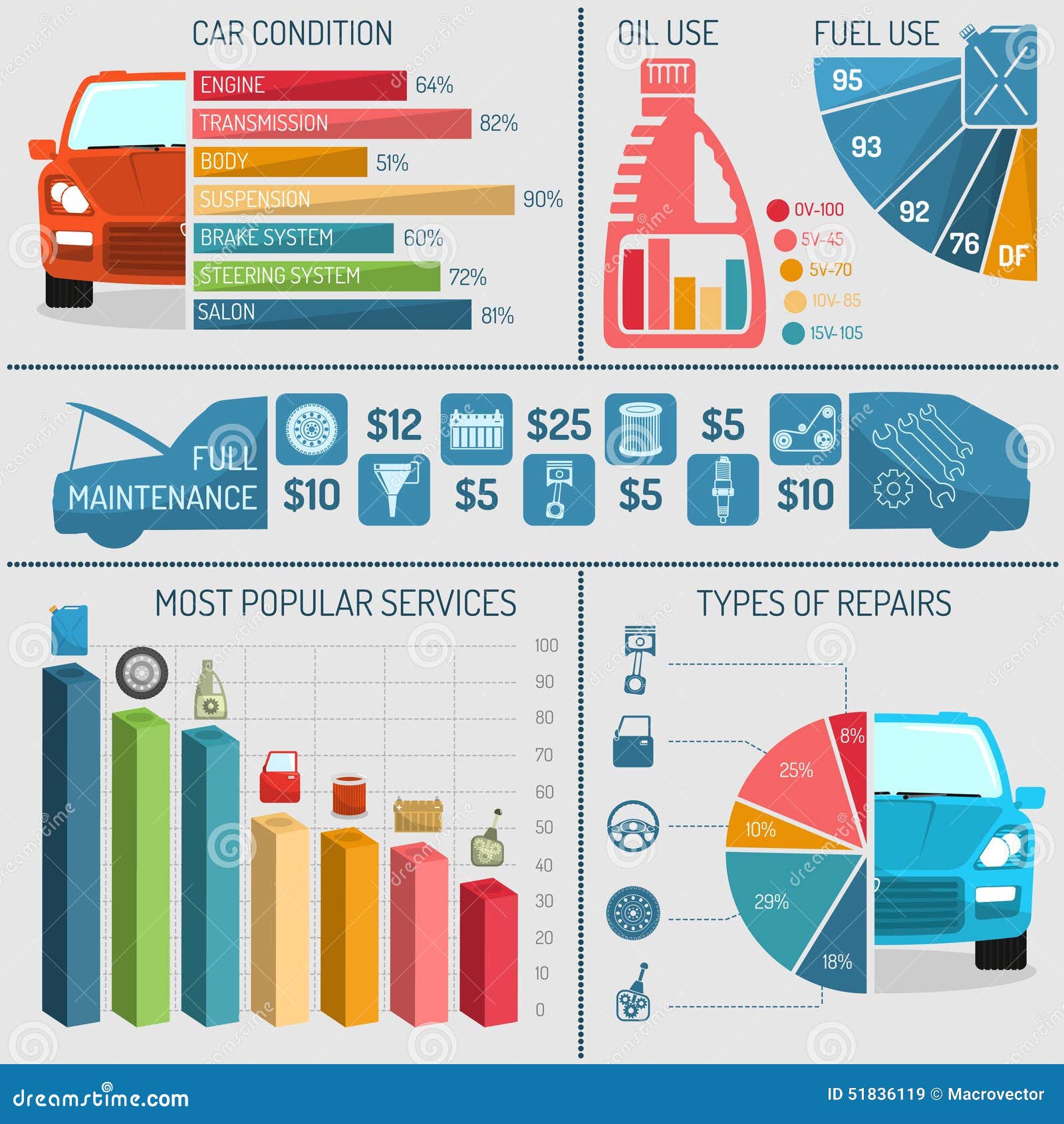Interested In Understanding The Warning Lights On Your Automobile'S Control Panel? Discover Their Importance For Your Car'S Safety And General Problem
Interested In Understanding The Warning Lights On Your Automobile'S Control Panel? Discover Their Importance For Your Car'S Safety And General Problem
Blog Article
Write-Up By-Samuelsen Shepherd
When you lag the wheel, those glowing caution lights on your control panel can be a little bit bewildering. Do you recognize what they're attempting to inform you about your auto's wellness? Comprehending the value of these lights is crucial for your safety and security and the long life of your vehicle. So, the following time one of those lights appears, wouldn't you want to decode its message properly and take the needed actions to address it?
Common Warning Lights and Interpretations
Identify common caution lights in your automobile and understand their significances to make sure risk-free driving.
The most regular warning lights include the check engine light, which signifies issues with the engine or emissions system. If carwasheasttamaki begins, it's important to have your car checked without delay.
The oil stress warning light indicates reduced oil pressure, requiring instant focus to stop engine damages.
A blinking battery light could suggest a defective charging system, potentially leaving you stranded otherwise attended to.
The tire stress tracking system (TPMS) light notifies you to low tire pressure, influencing automobile security and fuel performance. Overlooking this can cause risky driving problems.
The abdominal muscle light shows an issue with the anti-lock stopping system, endangering your capability to quit promptly in emergencies.
Lastly, the coolant temperature level advising light warns of engine overheating, which can lead to severe damage if not settled swiftly.
Understanding these typical warning lights will help you deal with issues immediately and keep secure driving conditions.
Relevance of Prompt Interest
Understanding the typical warning lights in your cars and truck is only the very first step; the relevance of promptly addressing these warnings can not be stressed enough to guarantee your security on the road.
When a warning light illuminates on your control panel, it's your cars and truck's means of interacting a prospective problem that requires attention. Neglecting these cautions can bring about a lot more severe problems down the road, jeopardizing your safety and possibly costing you a lot more in repairs.
Prompt interest to warning lights can avoid failures and mishaps. For example, a blinking check engine light might indicate a misfire that, if left ignored, could cause damage to the catalytic converter. Addressing this immediately can conserve you from a pricey fixing.
Similarly, a brake system alerting light could indicate reduced brake liquid or worn brake pads, important elements for your safety and security when driving.
Do It Yourself Troubleshooting Tips
If you observe a caution light on your control panel, there are a couple of DIY troubleshooting ideas you can attempt before looking for professional assistance.
The very first step is to consult your car's guidebook to recognize what the details warning light indicates. In some cases the issue can be as easy as a loose gas cap activating the check engine light. Tightening up the gas cap might resolve the issue.
One more typical problem is a reduced battery, which can set off various cautioning lights. Checking the battery connections for rust and ensuring they're safe and secure could deal with the trouble.
If a caution light continues, you can attempt resetting it by disconnecting the automobile's battery for a couple of mins and after that reconnecting it. In addition, checking your car's fluid levels, such as oil, coolant, and brake fluid, can aid fix alerting lights associated with these systems.
Verdict
Finally, comprehending your auto's warning lights is necessary for keeping your car running efficiently and securely. By immediately attending to these notifies and knowing what they indicate, you can stay clear of expensive repair work and prospective break downs.
Keep in mind to consult your vehicle's manual for specific information on each cautioning light and take action accordingly to ensure a trouble-free driving experience.
Remain educated, remain linked site on the road!
